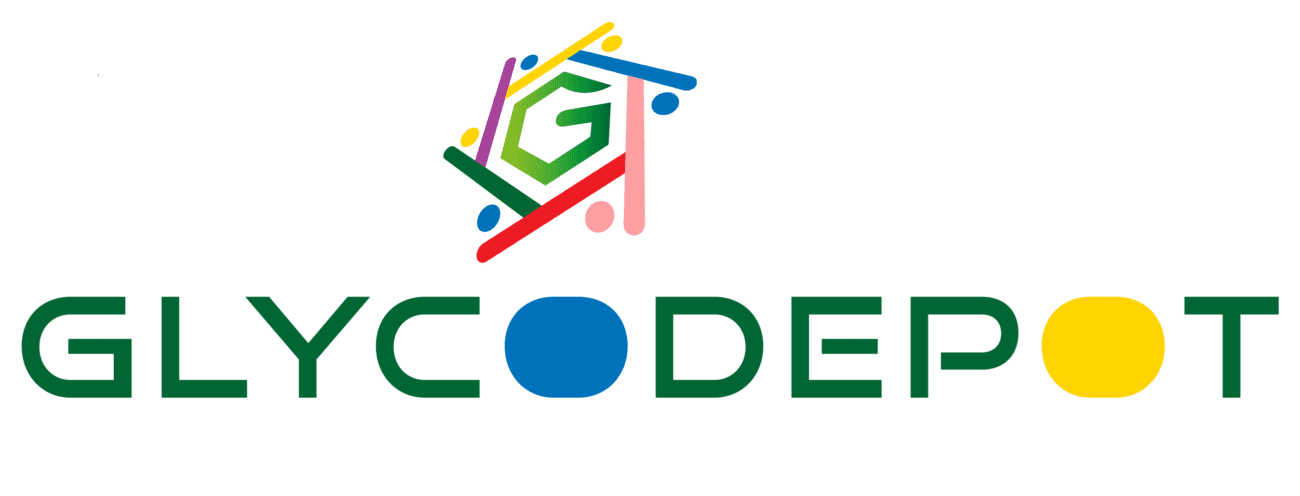3,4,6-Tri-O-benzyl-D-glucal is a chemically synthesized carbohydrate derivative derived from D-glucal, where the hydroxyl groups at positions 3, 4, and 6 are protected by benzyl ether groups. This compound typically appears as a white crystalline solid and is widely utilized as a versatile intermediate in synthetic carbohydrate chemistry. The benzyl protections confer enhanced stability and solubility in organic solvents, facilitating selective chemical transformations, including glycosylation and functional group modifications. As a glucal derivative, 3,4,6-Tri-O-benzyl-D-glucal contains an alkene moiety at the anomeric position, making it valuable for regioselective addition reactions to construct complex oligosaccharides and glycoconjugates. It is essential in medicinal chemistry and glycobiology for building diverse sugar architectures with high stereochemical precision. This compound is supplied with high purity and rigorous identity confirmation, stored under refrigerated conditions to maintain chemical integrity, and supports numerous applications including drug design, biochemical research, and molecular probe development.
IUPAC Name
- (2R,3R,4S,5R)-3,4,6-tris(phenylmethoxy)oxene
Appearance
Source
- Synthesized via benzylation of D-glucal under controlled laboratory conditions using standard organic synthesis techniques
Molecular Weight and Structure
- Molecular Formula: C27H28O4
- Molecular Weight: 416.50 g/mol
- Structure: D-glucal sugar ring with benzyl ethers at C3, C4, and C6; features a double bond at the anomeric position characteristic of glucals
- SMILES: C1C=COC@HC@@H[C@H]1OCc4ccccc4
Sugar Specificity
- Glucal derivative with benzyl protections specifically designed to manipulate the anomeric double bond for synthetic transformations
- Used in stereoselective glycosylation and carbohydrate functionalization reactions
Biological Activity
- Acts as a synthetic intermediate and has no direct biological activity
- Valuable for designing glycomimetics, synthetic oligosaccharides, and biochemical probes
- Used in mechanistic studies of glycosylation enzymes and carbohydrate recognition phenomena
Purity and Microbial Contamination
- Supplied with purity ≥95%, confirmed by chromatographic and NMR methods
- Synthesized under chemically controlled conditions to minimize microbial contamination
Identity and Quality Control
- Identity and purity confirmed by NMR, MS, and HPLC chromatograms
- Certificates of Analysis and Safety Data Sheets available
- Melting point and optical properties provided as QC benchmarks
Shelf Life and Storage
- Store in a tightly sealed container under refrigeration at 2–8 °C
- Protect from moisture, heat, and light
- Shelf life expected to exceed 1 year under recommended storage
Application
- Widely used as a glycosyl donor precursor in carbohydrate and medicinal chemistry
- Facilitates the synthesis of complex oligosaccharides and glycoconjugates
- Supports enzymatic and chemical glycosylation studies, drug discovery, and molecular probe construction
- Employed in research on carbohydrate-protein interactions and enzyme specificity
Key Characteristics
- Benzyl-protected D-glucal with alkene functionality at the anomeric position
- CAS number: 80040-79-5
- Molecular weight: 416.50 g/mol
- White crystalline solid, stable and highly pure
- Versatile intermediate for stereoselective glycosylation and chain elongation
- Used in glycobiology, synthetic chemistry, and pharmaceutical research
- Supplied with rigorous analytical and quality certification
Citations
- AnaxLab detailed compound info
- PubChem glucal derivatives
- BLD Pharm product description
- Sigma-Aldrich glycosylation reagents
- ChemPep synthetic chemistry data
- Thermo Scientific catalog
- PMC structural and mechanistic studies
- SyntalPharma chemical catalog
- Echemi supplier profile
- Recent reviews on glycosylation chemistry

Reviews
There are no reviews yet.